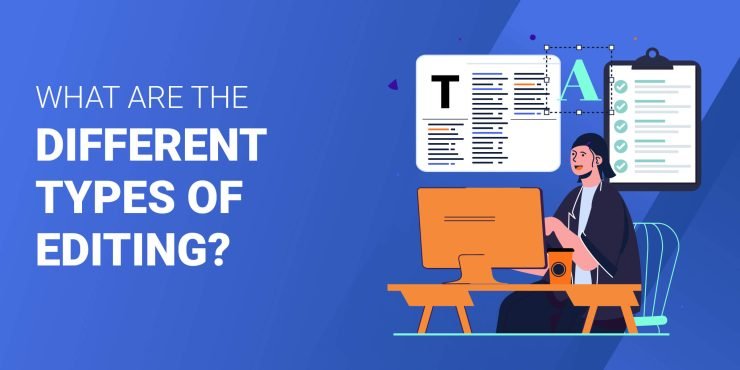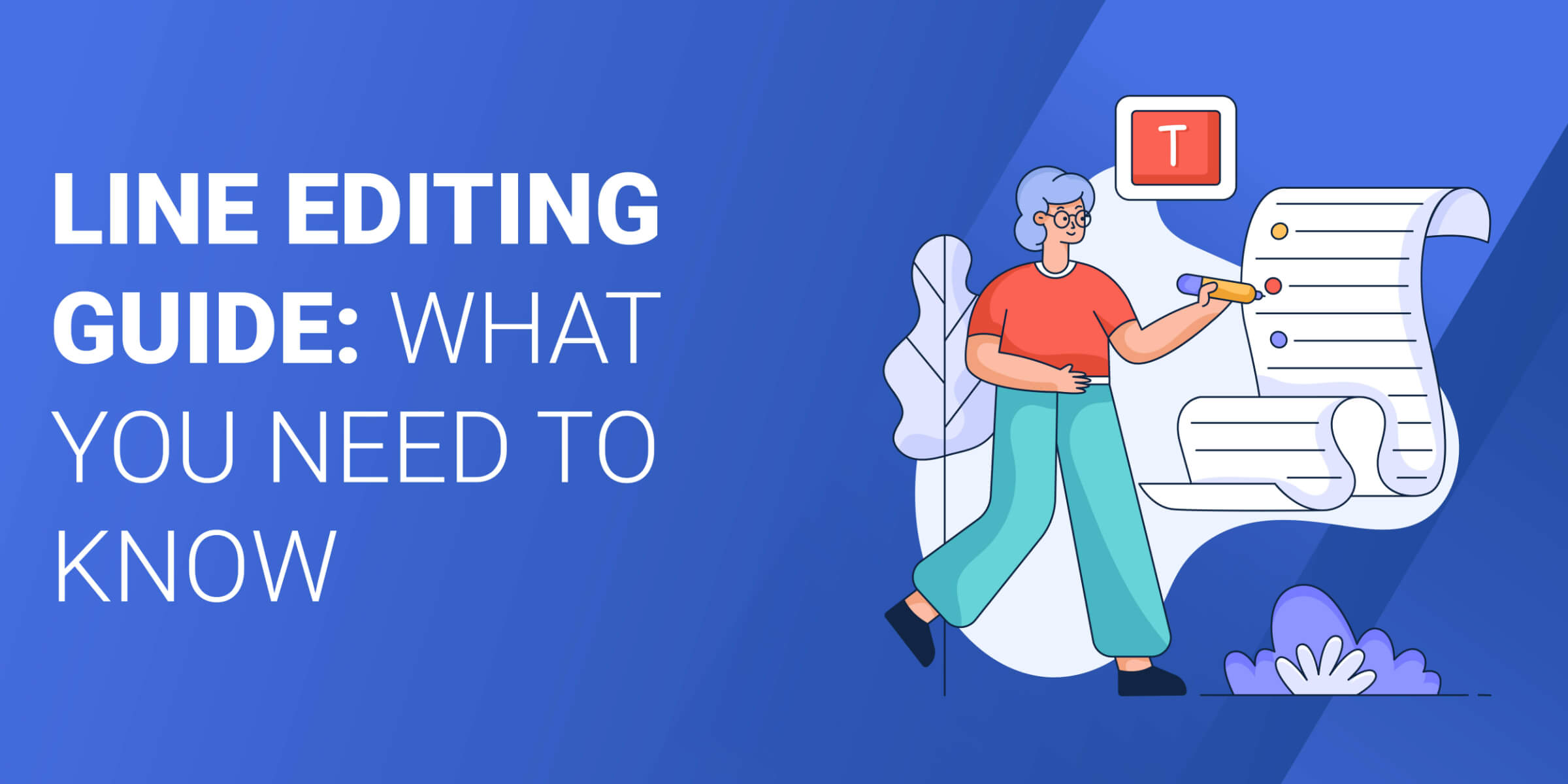If you think editing is all about fixing grammar and finding synonyms, you’re only getting about ¼ of the story.
And you wouldn’t be alone. I used to think that way until I started researching editors for my novels just a few years ago. As a writing teacher, all my students struggle with this whole editing idea.
But as an editor and teacher, I’m here to set things straight and walk you through the different types of editing.
It will not only help you purchase the right services from an editor, but it will also help you improve and streamline your own editing process.
Best for Basic Editing & Proofreading
We offer this website completely free to our visitors. To help pay the bills, we’ll often (but not always) set up affiliate relationships with the top providers after selecting our favorites. However, we do our best not to let this impact our choices. There are plenty of high-paying companies we’ve turned down because we didn’t like their product.
An added benefit of our relationships is that we always try to negotiate exclusive discounts for our visitors.
Disclaimer
From the get-go, there are a few items that I need to address first.
1. Like most things, no one can really agree on what type of editing does what. So, if you start researching more, keep that in mind. I’m presenting the types of editing by the most common definitions.
2. There is an order to complete your edits. As I dive into the editing stages, I’ll describe them in the order you should complete them.
Developmental Editing
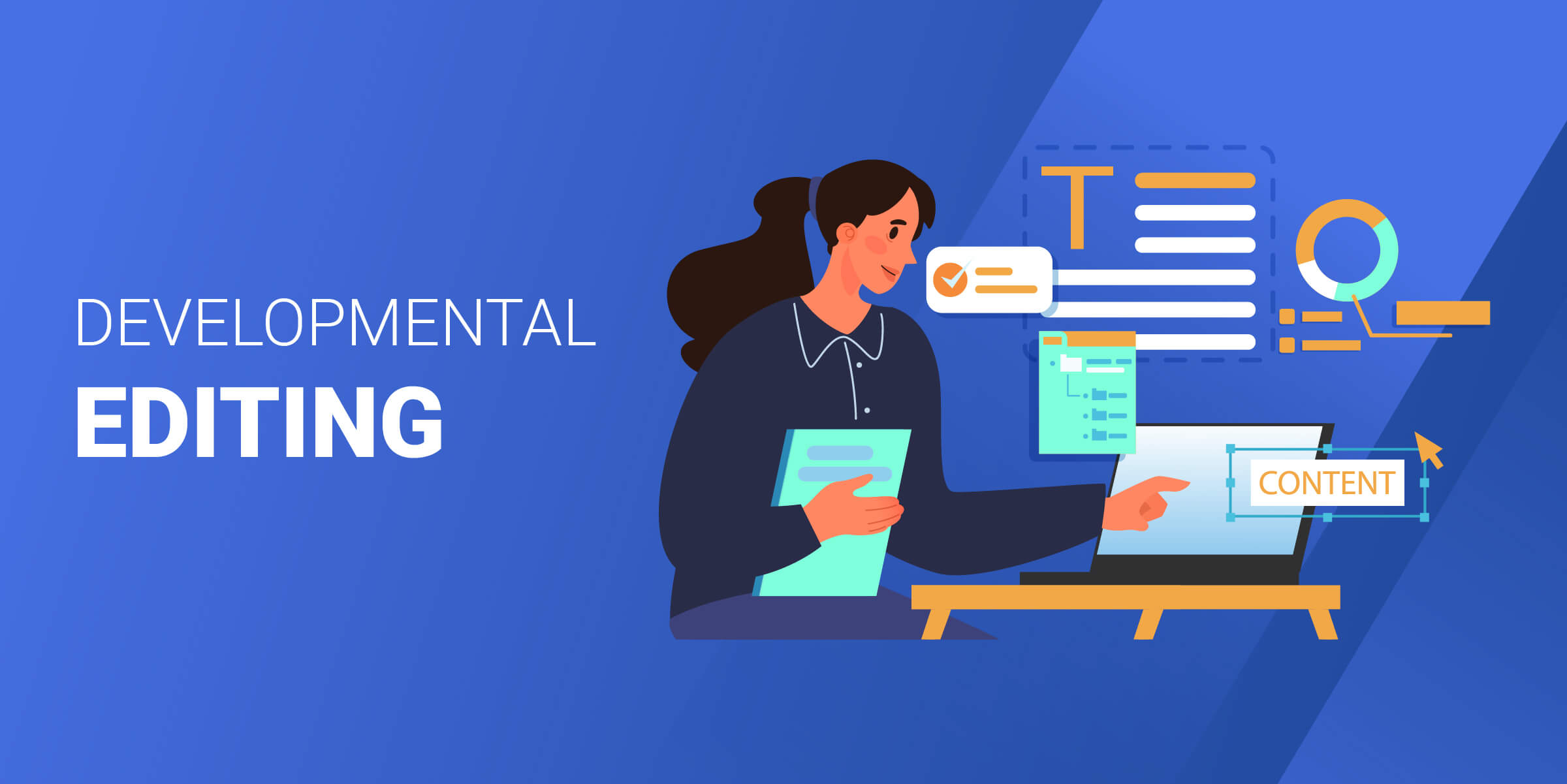

Developmental editing is the first stage, whether it’s for a book, manuscript, or article. It’s the process of restructuring and reorganizing content to ensure that it meets its desired purpose and suits the audience’s needs. This type of editing goes beyond just grammar and spelling; it looks at the bigger picture and can involve rearranging or rewriting entire sections or chapters if needed.
I’m all about efficiency. If we start polishing (the proofreading stage) before we complete our developmental edit, we will end up perfecting sections that might ultimately get cut. A total waste of time and money.
So at this point, you have my total permission to turn off that handy grammar checker. You don’t need it during your developmental edits. All those pretty lines will just distract you from the real work.
For articles and nonfiction, we need to initially bring everything back to our purpose and our audience.
Who Is Your Article’s Audience?
Whether you need to edit or write, you should always start with considering your audience’s needs.
Your audience dictates everything from word choice and tone to the topics you choose to the order of the sections in your articles. Knowing things like why your audience needs to read the article or their prior knowledge will help you make decisive cuts and additions during the developmental editing stage.
What Is Your Article’s Purpose?
Why are you writing an article? Is it to inform or persuade? Are you trying to accomplish a bit of both?
Your purpose is the second driver in a developmental edit. You might feel like there is a gap in your article’s information, but does filling that gap support the article's purpose, or is the addition simply an interesting tidbit?
Each addition or deletion should always come back to whether or not the move brings value to the reader and if it supports the purpose of the article.
Substantive Editing
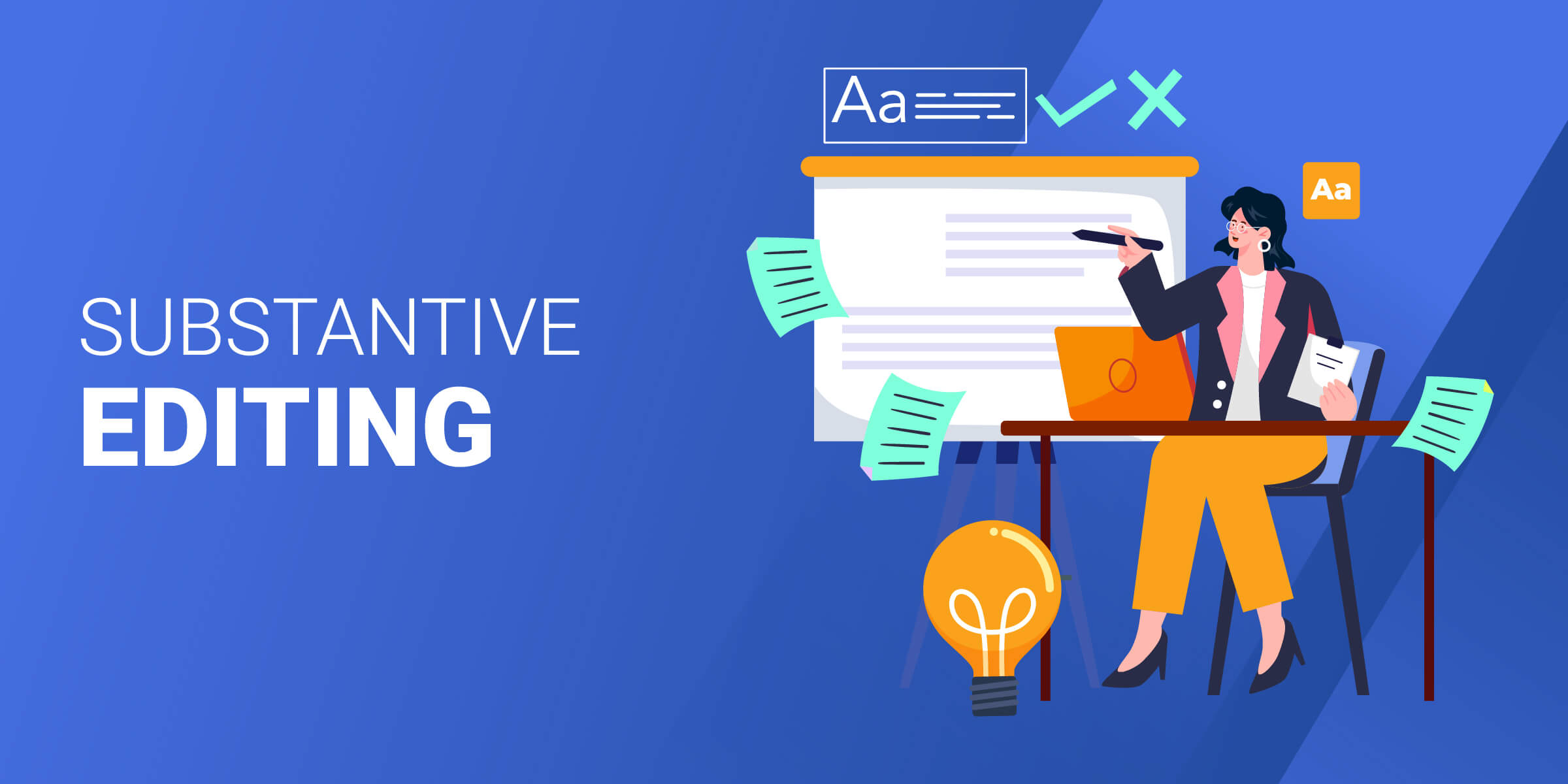

Substantive editing is the second step in the editing process. It is still a high-level edit. Developmental and substantive editing are frequently done together or considered on the same tier. They are not the same thing. Once the overall structure and topics are aligned with your audience’s needs and your article’s purpose, you can look at the paragraph and section levels during the substantive edit.
One key element that substantive editors look for is organization. A substantive editor will look at how ideas are presented within the text and ensure they follow a logical order with clear transitions between them. This helps readers understand the content more easily by providing context for each idea as it's presented in the text. Additionally, a substantive editor may suggest restructuring certain sections or adding new ones to improve clarity and understanding.
Another important aspect of substantive editing is language use. The editor will check for correct grammar, spelling, punctuation, syntax, word choice—all aspects of language usage that affect how well readers comprehend what’s written on the page (or screen). They also pay attention to tone and ensure it’s appropriate for both the audience and the purpose. They ensure that any idioms or colloquialisms used won't detract from understanding but rather enhance it so readers can relate to what's being said more easily.
Finally, when working on longer pieces such as research papers or reports, substantive editors will look at whether enough evidence has been provided to support each point made in the text as well as if additional information should be added based on their own knowledge about the topic. They may even suggest sources where relevant data can be found which could then be incorporated into future drafts. In this way, substantive editors provide invaluable assistance during every stage of composition from initial brainstorming through final revisions.
For articles, this is the point where we do a subset of editing called fact-checking.
Fact-Checking
Verifying accuracy is key to the substantive editing process, especially for AI-generated content. You want to make sure that you catch inaccuracies earlier rather than later. There’s nothing worse than having completed an edit and then finding out that a major component is completely false.
Given the amount of misinformation on the web and how AI writing tools generate text, it’s essential to ensure your site is not perpetuating misleading or incorrect information.
AI writing tools crawl the web to find content for the article you want to create and then rearrange what it finds into an article for you. If there’s misinformation in that mix, your article will contain those inaccuracies as well. You’re going to want to fact-check early in the process and make it a pointed step any editor takes.
For me, the perfect spot is at the substantive edit. I’m already diving in and making sure the flow is on point and that I’m not missing helpful information for my readers. This is when I’ll also check that the sources are reputable and that any facts presented are accurate.
Copy Editing
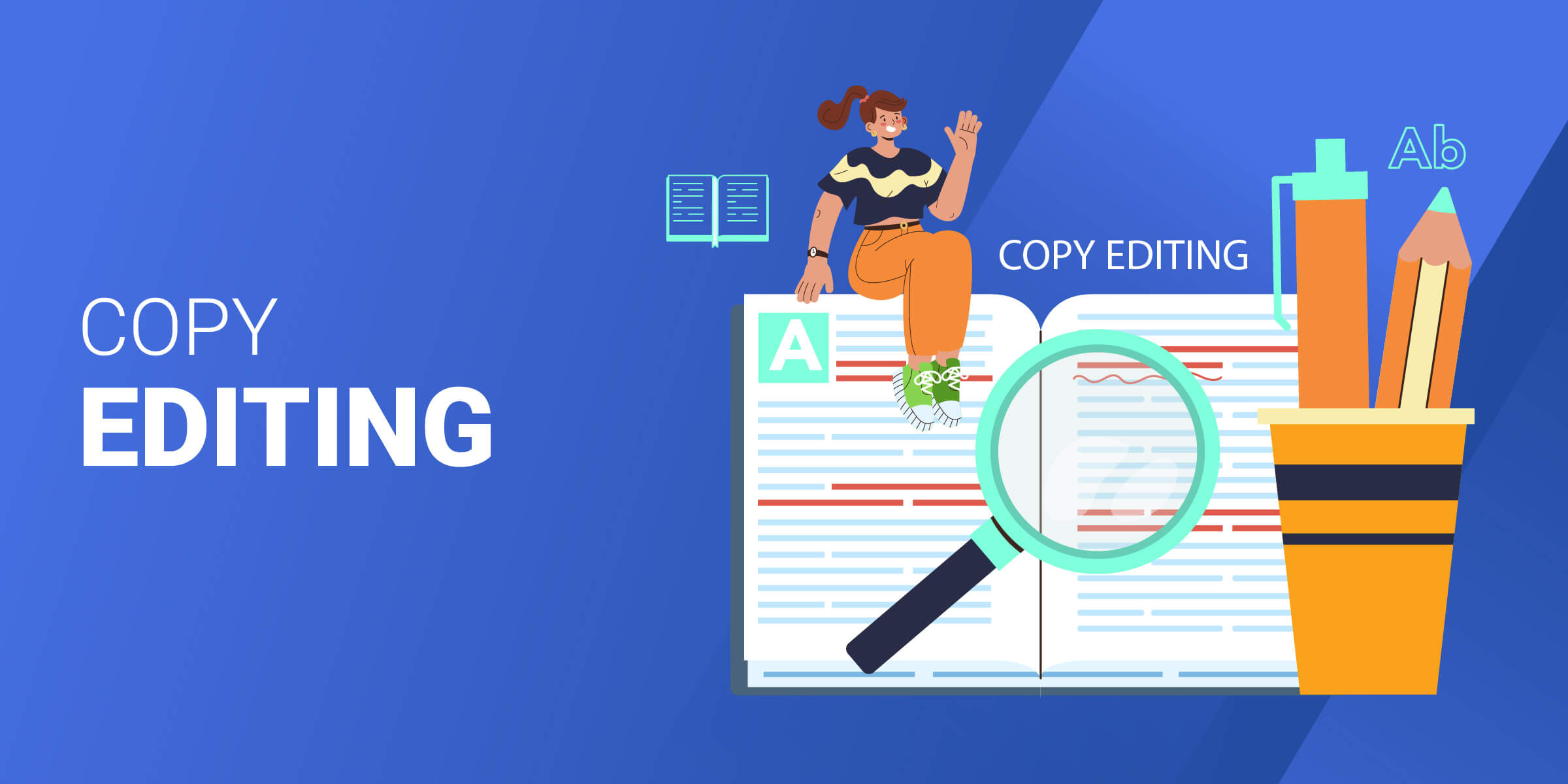

Copy editing is the third step in the editing process. It ensures that all elements of a document are accurate and consistent, from grammar to punctuation to syntax and style. Whether you’re working on an article, blog post, or web copy, it pays to have your work checked by a professional copy editor (in case you're working on a novel or any other book type, you'll be doing line editing instead of copyediting).
Ok. Now, it’s time to turn on your grammar checker. Let your inner English professor be free to eradicate grammar issues and mistakes.
Grammar mistakes can be embarrassing and costly for businesses, especially in public-facing documents like blog posts, press releases, or brochures. Having a copy editor on board can help avoid potential time-consuming and awkward corrections in the future if modifications are required. A copy editor's expertise can detect any grammar mistakes, typos, or formatting discrepancies that may arise in public-facing documents, thus avoiding the need for costly and time-consuming revisions later on.
Good copy editors also help ensure that your message comes across clearly and concisely; no matter how much research you put into creating content, if it doesn’t read well, then readers won’t stick around long enough to appreciate it. A skilled editor will make sure that your words flow naturally without being too wordy or repetitive – like taking out unnecessary ‘filler’ words that might dilute your message without adding anything meaningful—so that readers get the most out of what you have written.
Proofreading
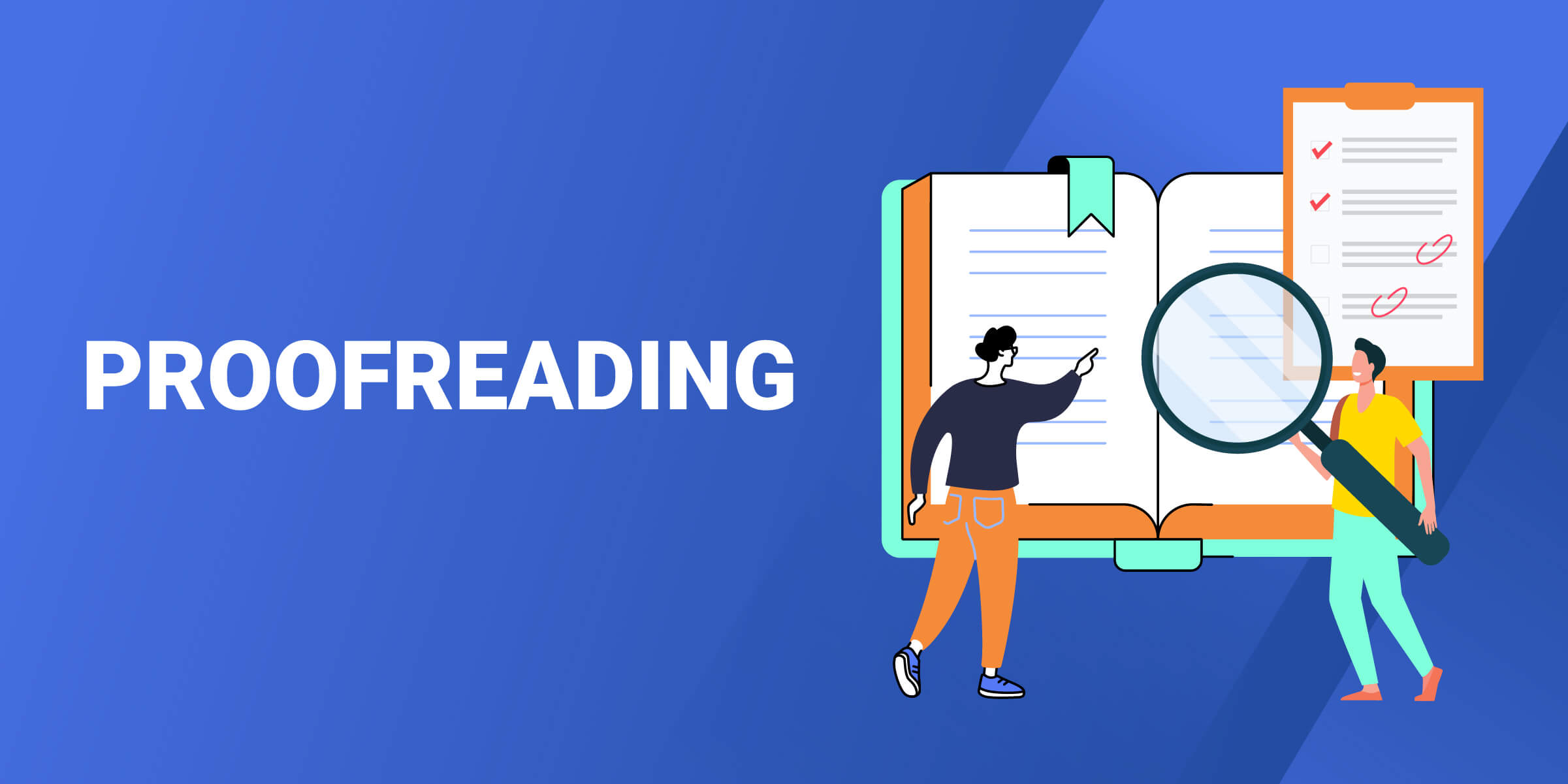

Proofreading is the final part of the editing process. Most folks think this is the first step when it should actually be your last. Too often, folks will proofread and polish areas that will ultimately be cut. I’ve done it many times myself.
Proofreading should be the last editorial defense before your article enters the real world. Your copy editor should find most mistakes, but looking at an article or lengthy piece of writing too much will cause “editor blindness.” It’s a horrible malady where editors have read something so many times that they can no longer see the mistakes.
This is when your proofreader enters in with fresh eyes and just does a grammar check. They might employ tools like Grammarly to help them catch pesky mistakes, but they won’t blindly trust the tool. Instead, they should be skilled enough to know when editing software is wrong. They will also look at bits of text the other editors and writers might not have seen like alt text for pictures or captions.
Many times, one person acts as both copy editor and proofreader. If this is the case, the cure for editor blindness is letting the work sit for a day or two to let the editor “forget” what is in the article or text. Giving some metaphorical distance between a text and an editor does wonders for an editor’s ability to find mistakes.
Conclusion
Moving through each stage of editing, from developmental all the way down to proofreading, helps streamline your editing process. Most blog editors will have these processes almost built-in as a default setting. But for longer pieces, like small eBooks that you could use for reader magnets, breaking out these stages helps to keep things a bit more manageable and organized.
For example, if one of your editors goes out sick for an extended period of time, they can tell you exactly which stage a text is in. Then you can pick up where they left off more efficiently.
If you need to hire an editor for AI-generated content, you know that you’re going to need more than just a simple copyediting pass. You’ll need a substantive edit to pair with fact-checking to ensure your AI-generated text is accurate, well-organized, and free of redundancies.
Best for Basic Editing & Proofreading














